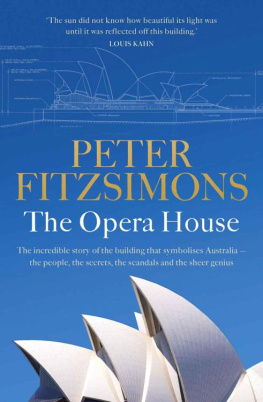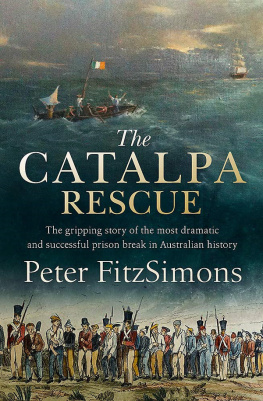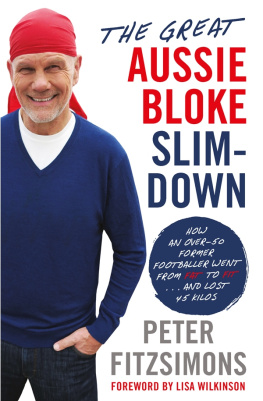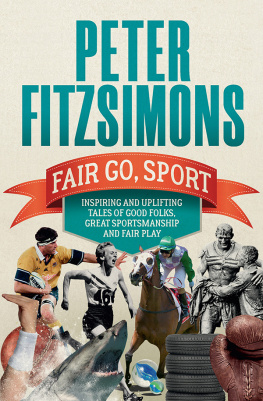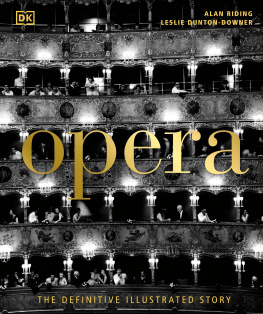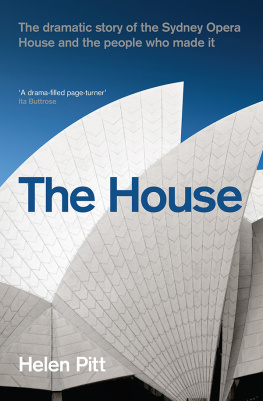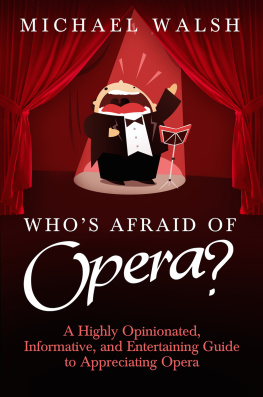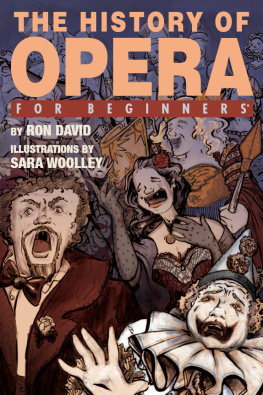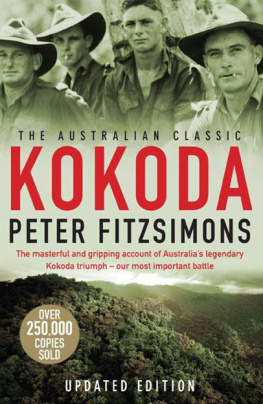
Kokoda
Burke and Wills
Monashs Masterpiece
Mutiny on the Bounty
The Catalpa Rescue
James Cook
Breaker Morant
The Incredible Life of Hubert Wilkins
Where noble headlands submerge under seas of red bungalows, it seems a bit odd that the people should perform a cultural act of faith and build an opera house, and they had nothing to put in it. How did it happen here? Bob Ellis, narrating Autopsy on a Dream The sun did not know how beautiful its light was, until it was reflected off this building. Louis I. Kahn, architect I think it looks like an untidily sliced apple, or perhaps a bunch of toenails clipped from some large albino dog. A Daily Mirror columnist, surveying the winning entry for the Opera House
To the late, great, Jrn Utzon. Sir, thank you.
And to all the others whose skill, courage and resolve made it
happen. I cite, particularly, Premier Joe Cahill and Peter Hall.
CONTENTS
I like to be on the edge of the possible. Jrn Utzon
I n 2015 I read a story in the Paris Review about the American author David McCullough, who wrote an enormously successful book on the history of the Brooklyn Bridge: where it came from, how it was conceived and built, and incorporating all the personal stories that were the inevitable foundation stones for such an iconic structure.
The book had become an American classic and I was instantly entranced with the idea of doing the biography of a building. Which one, in my case? Well, that was easy. The Sydney Opera House, of course!
As much of a doe-eyed neophyte as I am in the world of architecture, the wonder of the masterpiece had never left me from the first moment I gazed upon it, and always with an attendant question. For originally and still , seeing as you asked, but I uncustomarily lost the battle with the publisher I wanted to call this book, The Opera House: Where the Fuck Did That Thing Come From, Anyway?
Despite a more genteel title, the above vulgar theme remains. And I mean it. Though raised at Peats Ridge an hour north of Sydney, I was educated down in the Big Smoke itself, starting high school in the year the Opera House was opened in 1973 and I remember well the first time I saw it on a school excursion. So fresh, so sparkling, so different, so extraordinary!
About 10 years later, they opened the Regent Hotel at the bottom of George Street and I was also impressed. It was also so fresh, so modern, so much more sophisticated than the Hilton Hotel, just up the slope, which had previously been the last word in hotels. And the Regent had such interesting architecture!
But how are they viewed now, in the third decade of the twenty-first century? With the greatest respect the Regent, now the Four Seasons, looks as tired and dull as a wet Wednesday afternoon in winter. But the Opera House? It still looks as sparkling, fresh and new as a shining Sunday morning in the year 2525.
The wonder lies not just in the glory of the architects stunning design. It is that somehow, after the Dane had come up with the concept, 16 men of the NSW Cabinet who were led by a Premier who liked nothing more than going to the Wentworth Park dogs on a Saturday night who ate meat and three veg every day, went to church on Sundays, and lived behind white picket fences, could have a look at the plans and say, Yes, lets build the bastard! Sorry, what ? How did that happen?
To get started, I put one of my researchers, Noel Boreham known to the rest of us as Noel the Diary Mole on the hunt to spend some months trawling the archives, and over breakfast in August 2015 he gave his first report to my principal researcher, Dr Libby Effeney, and me. We sat entranced for a couple of hours as Noel took us through it all, and Libby got to work thereafter, digging ever deeper and wider.
The further we went, the more blessed I felt to have Libbys intellectual horsepower placed at the service of this book. The things she found! The complex concepts she helped make explicable! The esoterica she brought to the surface! We have worked together for nigh on ten years, and as a forensic force of nature, researcher and friend, she is as good as it gets. I also offer my deep gratitude to my other key researcher on this book, Barb Kelly, from Bunbury in WA. As always, Barb engaged in the subject with great passion and brought precious detail to the account. Trying to wrestle to the ground precisely what happened, and how it happened, would not have been remotely possible without Libby and Barb, and this book and author are forever in their debt. And as with all of my recent books it was great that Barbs son Lachlan was able to lend valuable assistance throughout this massive exercise. For it was six years after beginning a record for me, from writing the first words, to getting a knock on the door from the courier that this book took to complete. It has been difficult, particularly to get my head around complex architectural and engineering concepts, but in this venture I was at least helped by experts. First and foremost, and with my deepest thanks, was my eldest brother, David, a civil engineer of 50 years standing who explained some of the mysteries to me in language he knew even I could understand, and then vetted my entire book looking for errors in my own explanations.
Another enormous help was 77-year-old engineer Ron Bergin, who had worked on the Opera House for the entire time the roof was built and went on to work for the next three decades with many of the key figures I was writing about. He was happy to share with me his views, lend me books and documentation, and regularly meet with me to take me through it one more time before hitting every sentence of this book with a hammer to see if it rang true to him. Through him, I was able to get input from other Opera House engineers like John Kuner and Ian Mackenzie all of them members of The Originals, a group of senior engineers who took part in the Sydney Opera House construction, and now consult with Sydney Opera House management whenever advice is needed on the original method of construction, so it can be taken into account in heritage and conservation planning for the future.
I was equally blessed to be able to be draw on the work and research of previous authors. Beyond the bibliography where they are all listed, I particularly acknowledge and commend to you these works: Opera House Act One David Messent; The Saga of Sydney Opera House Peter Murray; The Sydney Opera House Affair Michael Baume; The Other Taj Mahal John Yeomans; The Masterpiece Philip Drew; Ove Arup Peter Jones; Utzons Sphere Yuzo Mikami; An Engineers Tale Jack Zunz; Letters From Sydney Mogens Prip-Buus; The Poisoned Chalice Anne Watson; The House Helen Pitt; Utzon and the Sydney Opera House Elias Duek-Cohen; Building a Masterpiece Anne Watson; Utzon and the Sydney Opera House Daryl Dellora.
On everything to do with the Thorne kidnapping, I was blessed to be helped by my friend the former NSW Crown Prosecutor Mark Tedeschi, who wrote the book Kidnapped: The Crime that Shocked the Nation ; just as I was also blessed to have the famed ABC journalist David Salter help me on the story of Eugene Goossens and the witch of Kings Cross. This included David handing me a precious folder of documentation that had, fabulously, been smuggled out of the Vice Squad office at Balmain Police Station secreted in the hubcap of an FJ Holden! I warmly thank them both.
Some of the people I cover in this book are still alive, and it was particularly wonderful to be able to talk with John Weiley. I also thank the progeny of Peter Hall Willie, Rebecca, Antigone, Henry as well as his second wife, Penelope; the son of David Littlemore, and the very man who used to strike terror in my heart, Stuart Littlemore of Media Watch fame; the son of Ted Farmer, Peter Farmer; the daughter of John Nutt, Cheryl; the daughter of Davis Hughes, Sue Burgoyne; and the brother of Ron Gilling, Doug. All were extremely helpful in giving me new perspectives and filling out what I most love: fine detail! My deep thanks also to the Opera House CEO, Louise Herron, who could not have been more encouraging and supportive. It was also a particular privilege to be shown all over the labyrinthian internal structure of the Opera House by engineer and Executive Director Ian Cashen. I also thank Opera House staff Claire Gammon, Laura Matarese, Valerie Ng, Julie Carrol, Al McCarty and Alex Zamorano, who were helpful across the board.
Next page
